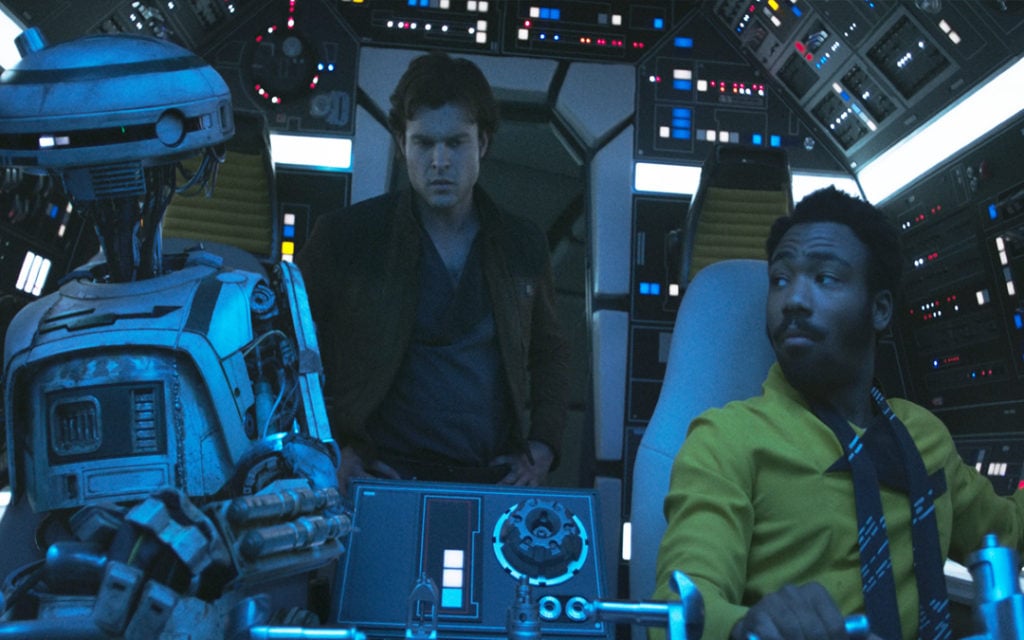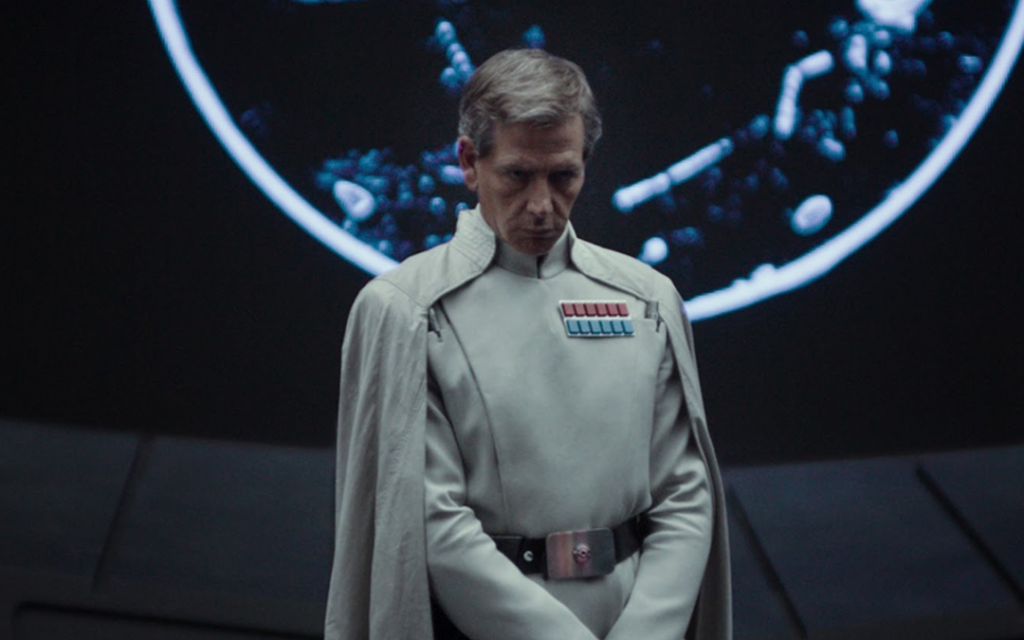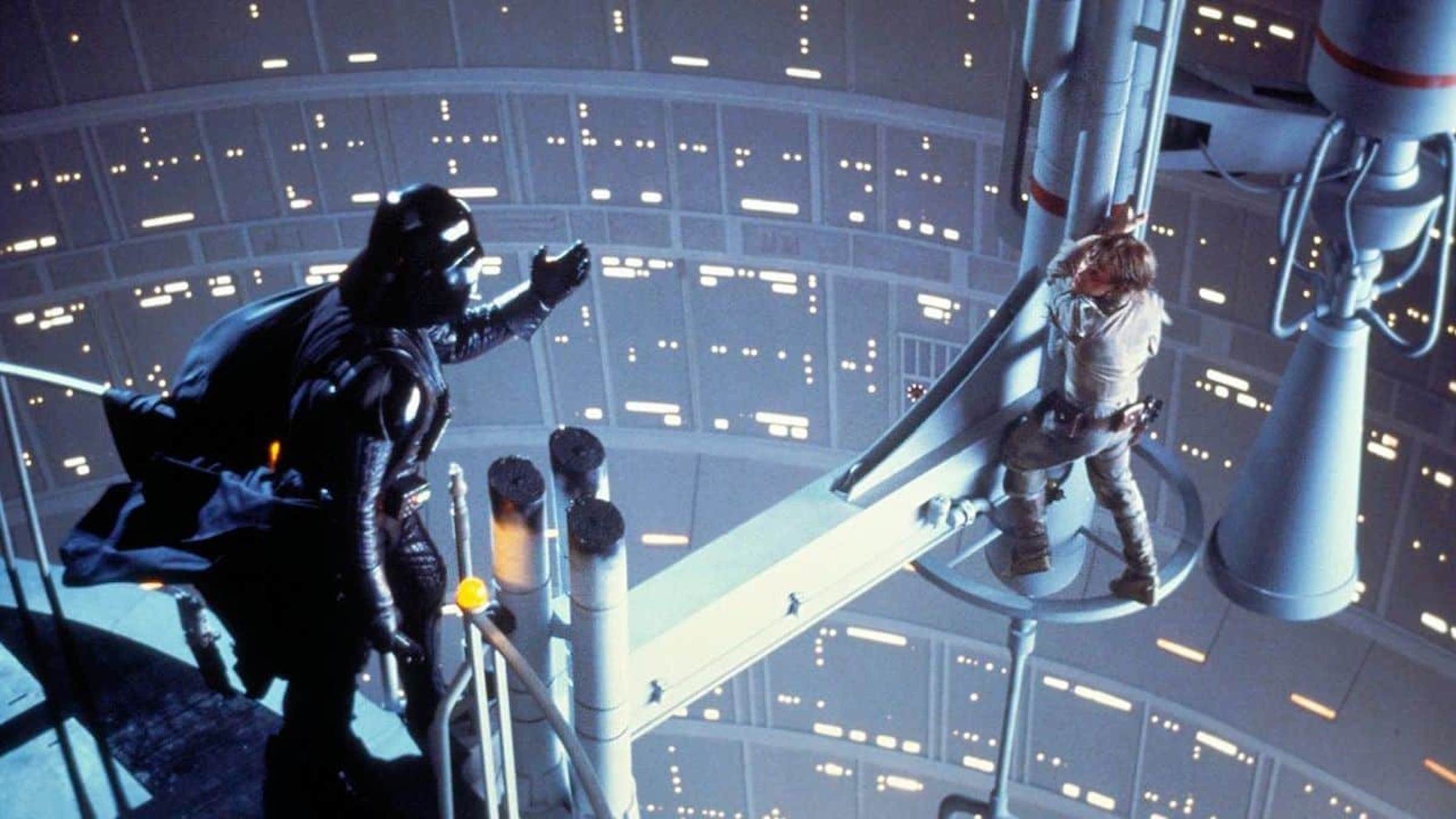Worldbuilding 101 Using the Star Wars Model
June 23, 2023
“Worldbuilding” is when writers create a world for their characters to inhabit and story to take place.
Although the setting plays an important role in worldbuilding, it’s not the only element of it: the historical backdrop, the characters’ backstory, the aesthetic and even the most minute details can have a significant impact on your worldbuilding. It’s about creating a world the reader can visualize and believe in; the more the reader believes in your world, the more invested they’ll be in your story.
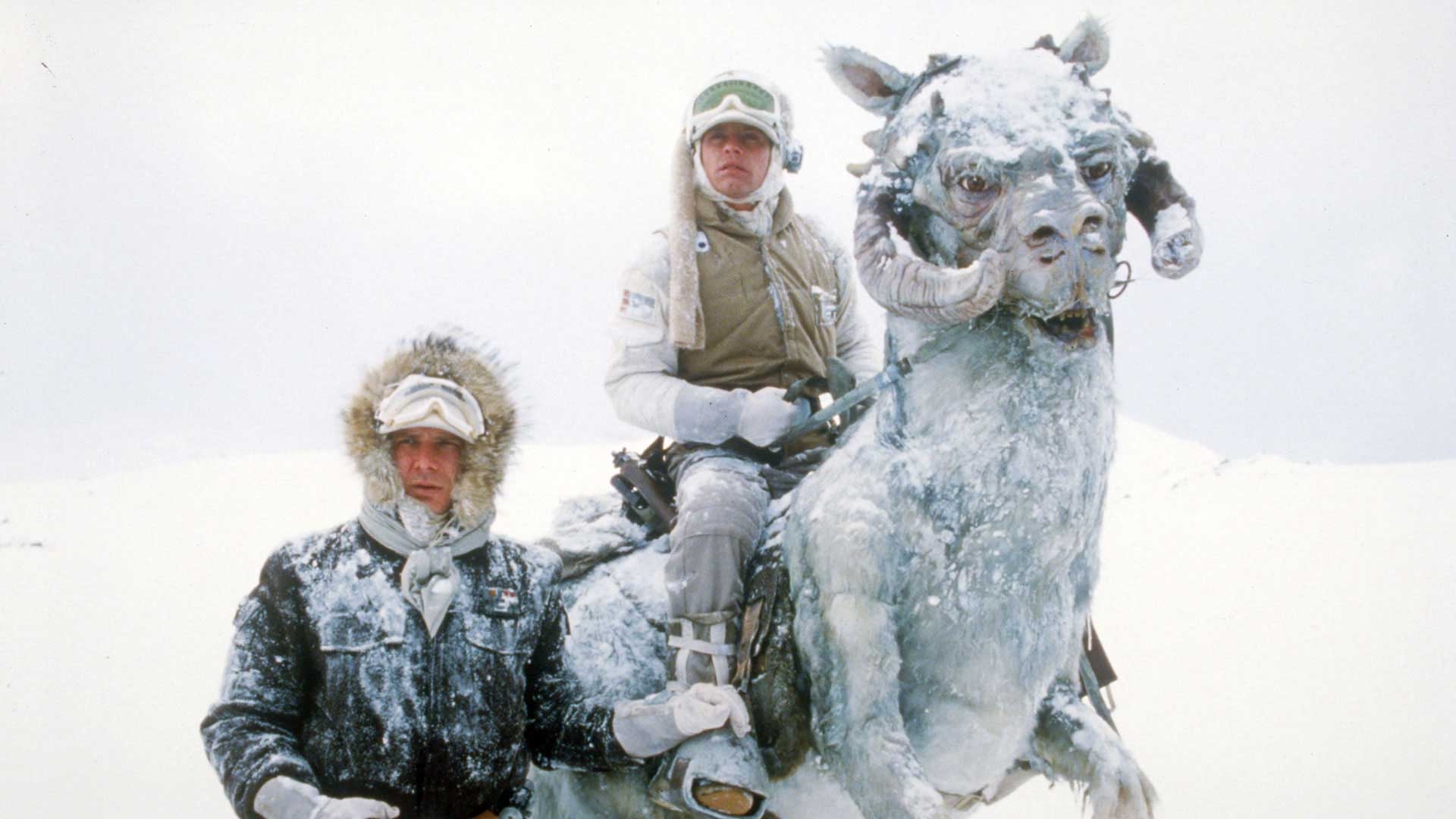
How It Works
If a person is reading something and it reads superficial or even artificial, it’s unlikely they’ll become immersed in your story. Another literary term is “suspension of disbelief,” which describes what happens when a reader or viewer becomes so emotionally invested in a fictional narrative, they accept that it’s really happening (at least when they’re in the throes of the narrative).
Substantial worldbuilding helps to create the suspension of disbelief, which creates further emotional investment. This is ultimately the goal when writing. If a reader isn’t invested in your script, how do you expect them to get excited about it and become a champion of yours? A strong concept can have little to no impact if the reader doesn’t believe in the overall world.
Worldbuilding is arguably most significant when writing sci-fi and fantasy because it involves creating an entirely fictionalized world and oftentimes one that is fantastic in nature. As a result, it’s a greater challenge to create suspension of disbelief. However, when done effectively, worldbuilding can become quite the commodity.
One of the most successful worldbuilders in this regard is without question George Lucas.
Read More: When Worlds Collide: The Art of Worldbuilding
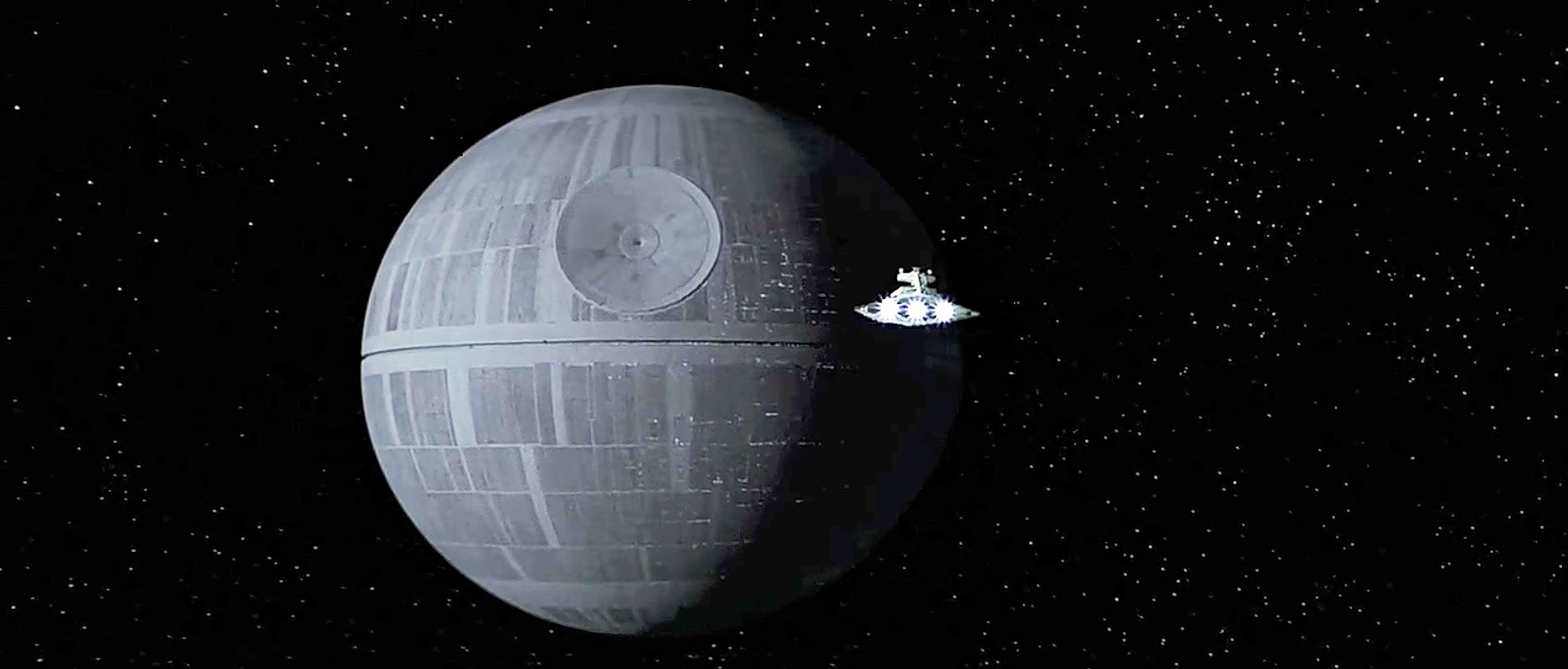
The First Steps of Worldbuilding
Lucas originally conceived Star Wars as a Flash Gordon style serial but made in a less schlocky fashion:
“I especially loved the Flash Gordon serials ... Of course I realize now how crude and badly done they were ... loving them that much when they were so awful, I began to wonder what would happen if they were done really well.”
George Lucas,
The Making of Star Wars
With this mindset, Lucas took his time developing the original Star Wars, starting with a two-page synopsis titled Journal of the Whills, which was presented as a chronicle of “Mace Windy, a revered Jedi-bendu” from the perspective of Jedi “padawan learner” named “C.J. Thorpe” (the fictionalized journal is written in the first person). Although Lucas abandoned much of what’s recounted in this two-page synopsis, it’s significant for two reasons: 1.) it contained Lucas’s first written uses of “Jedi” and “Galactic Empire;” and 2.) it established his approach to this world he was creating.
It’s telling that Lucas’s first crack at Star Wars was a fictionalized journal written from the perspective of a character recounting events; it reveals how he was immediately attempting to give narrative weight to this world by presenting it as “reality.” Mace Windy’s adventures are positioned as “historical events.”
Read More: The Script Lab: 5 Plot Points: Star Wars
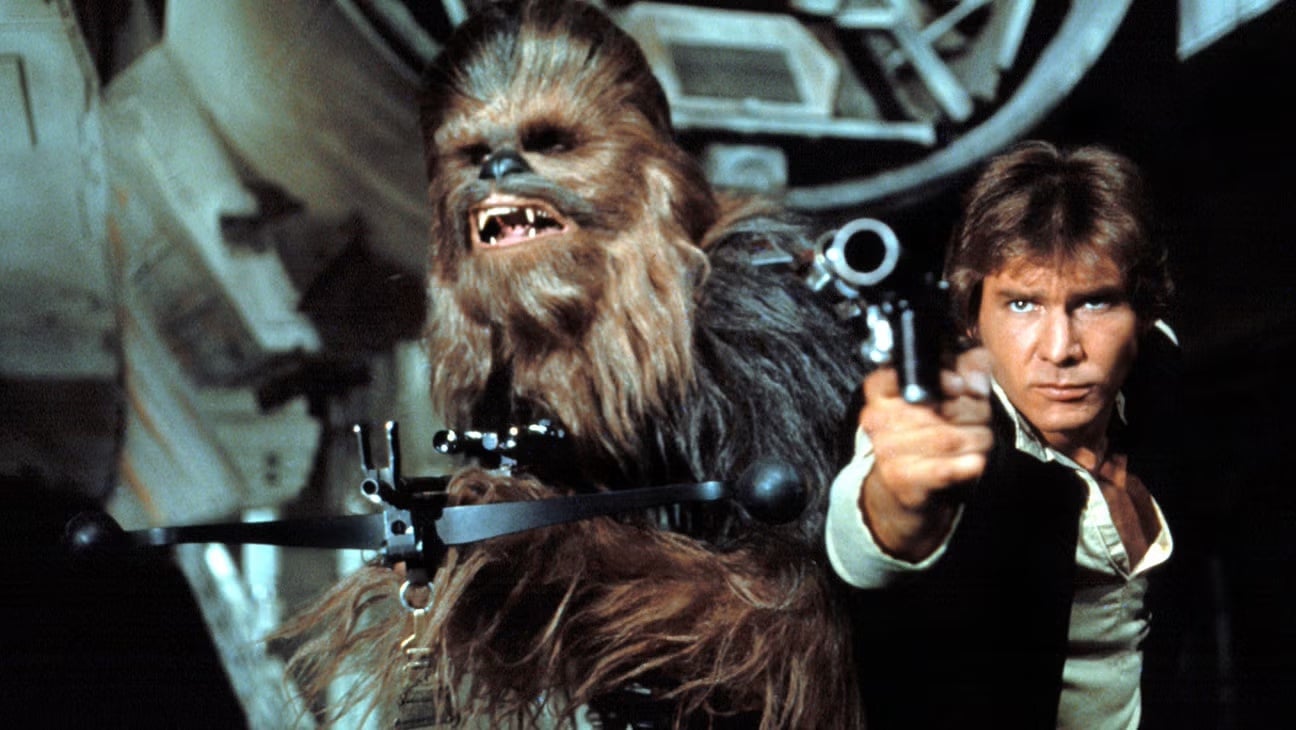
Fleshing Out Your World
When colleagues found the above synopsis abstruse, Lucas scrapped it and created a new story in the form of a 13-page treatment titled “The Star Wars.” This treatment included many of the elements that eventually would be in the final film (as well as the sequels and prequels). Lucas proceeded to write several drafts of the screenplay; one draft being 200 pages long and likewise including story elements he’d later use in the sequels and prequels.
In the 1977 novelization Star Wars: From the Adventures of Luke Skywalker — released several months before the film — there’s a prologue explaining the political backstory titled “From the First Saga: Journal of the Whills.” Not only was this prologue a clear homage to Lucas’s original synopsis and told of Palpatine’s rise from senator to Emperor, it kept with his early approach: presenting the Star Wars universe as “a real place” and the story as “historical events.” The idea that Darth Vader was once a Jedi Knight who fell from grace and helped destroy the Jedi Order likewise strengthened the backstory.
This is largely why Lucas was able to create not just two film trilogies, but an entire franchise involving television series, books, comics, video games and one notorious holiday special. And that’s all before he sold the franchise to Disney!
Read More: 5 Keys to Building the World of Your Screenplay
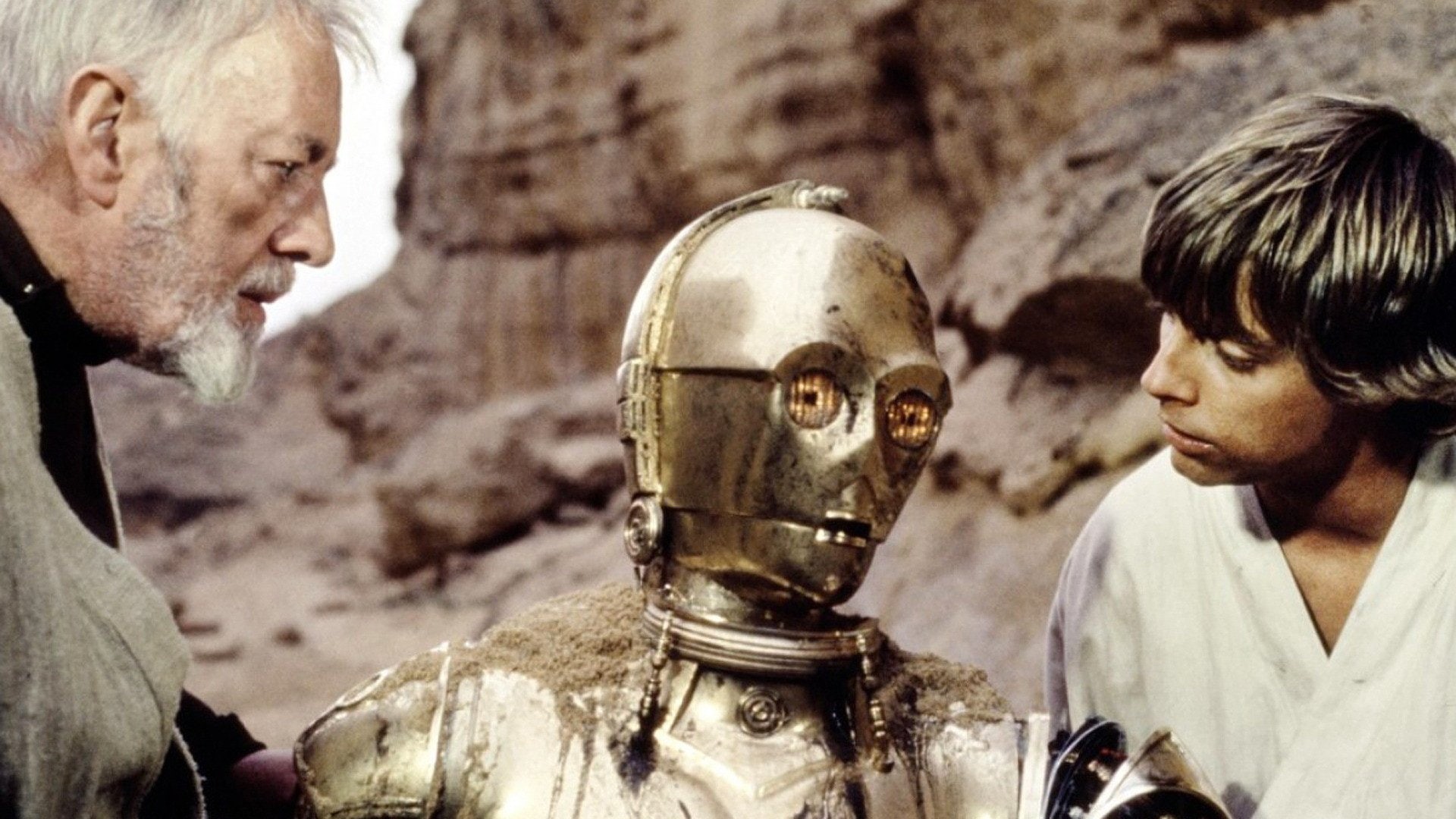
Revealing Your World
Despite having a backstory for the world, Lucas ultimately chose not to front-load the first film with too much of it save for a few essential details in the opening crawl; rather, Lucas dropped the viewer into a “lived-in” world in which they learned things about it organically and periodically throughout the film.
The story is told largely through characters’ point-of-view and we experience it through their eyes — whether it’s Luke’s first endeavor to Mos Eisley or his first glimpse of the Death Star — these moments are given emotional weight through his reaction and from those around him (Obi-Wan, Han Solo, C-3PO, etc.). Characters should never be forgotten when worldbuilding as it should never be forgotten when creating a concept or story.
One of the most effective ways to make readers believe in the world you’ve created is to make your characters interact with it as realistically as possible (regardless of how fantastic it may or may not be). When Luke warily navigates the Cantina, his fear is perceptible even though he’s putting up a brave front: the more nuanced the behavior, the more believable the world.

Knowing Your World
Lucas was able to effectively illustrate his world — which was more fantastic than one seen by moviegoers at the time — because he knew the full scope of it.
Through his treatments and various screenplay drafts, Lucas had given himself a three-dimensional, panoramic view of the Star Wars universe and as a result he could reveal it slowly but surely to audiences. A character could make a passing reference to past events (e.g., the Clone Wars, Darth Vader betraying the Jedi) or to an off-screen character (e.g., the Emperor, Jabba the Hutt) and they’d be imbued with significance. There was a sense that we weren’t seeing and learning everything about this lived-in world. In addition to the detail given to what was occurring on screen, there was a depth to the backstory that engaged fans and still does to this day.
When worldbuilding, do your best to understand your world (as well as the characters who populate it). The more you understand it, the easier it’ll be to illustrate it to others.
You’ll be able to create a world that draws people in and makes them feel something. Not unlike when Luke first felt the Force and Obi-Wan responded proudly:
“You’ve taken your first step into a larger world.”
Written by: Edwin Cannistraci
Edwin Cannistraci is a professional screenwriter. His comedy specs PIERRE PIERRE and O’GUNN both sold with more than one A-list actor and director attached. In addition, he’s successfully pitched feature scripts, TV pilots and has landed various assignment jobs for Universal, Warner Bros, Paramount and Disney.- Topics:
- Screenwriting & Craft


